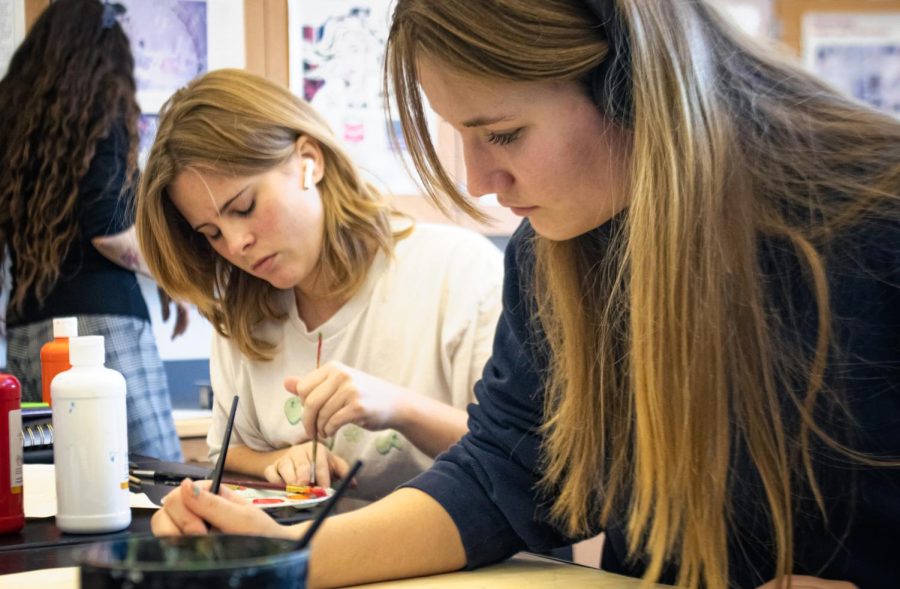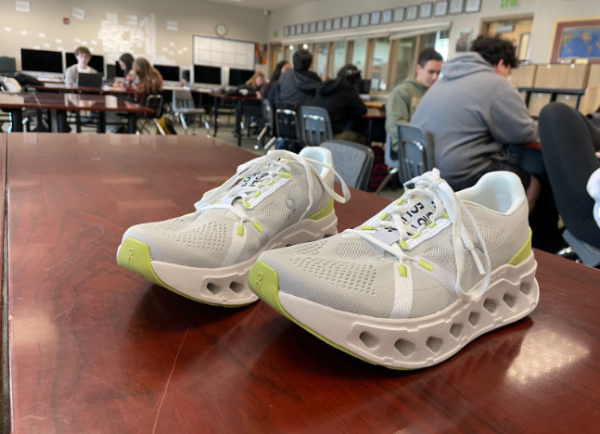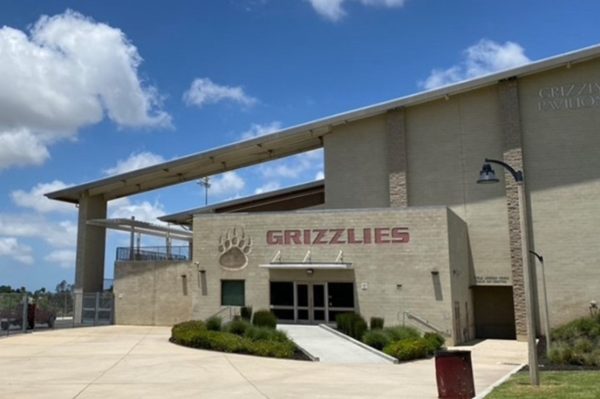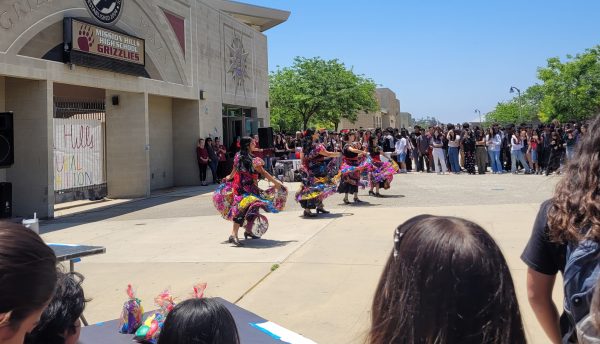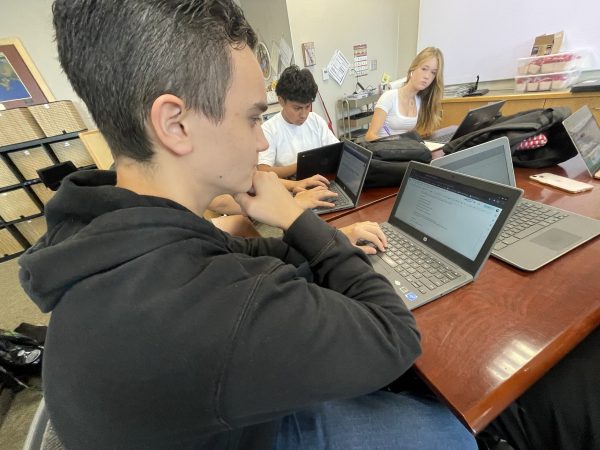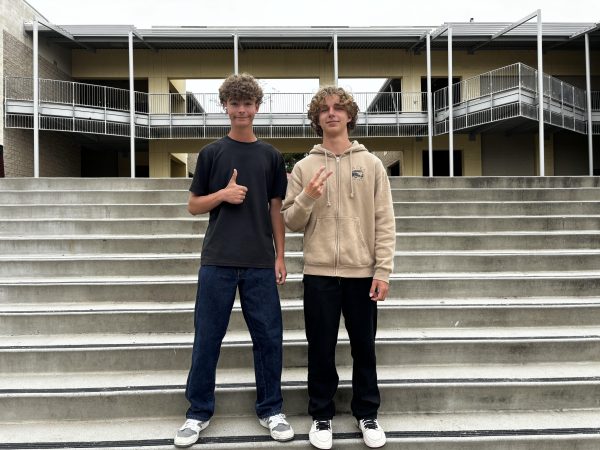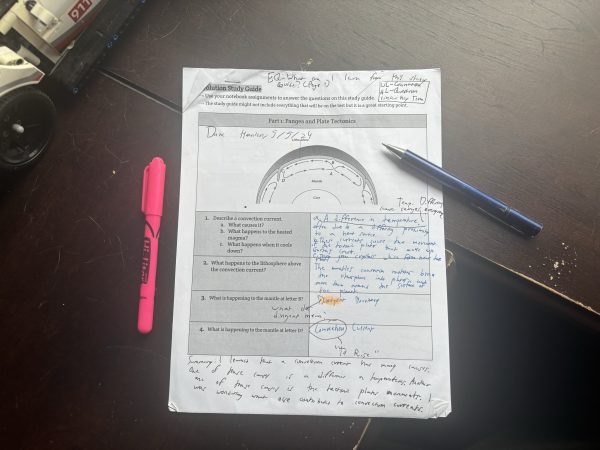What Proposition 28 means for Mission Hills
Mission Hills is one of the many schools in California that will be receiving funds specifically for their music and arts programs.
Photo by Giselle Vasquez
Ms.Dickson’s 3rd-period class is working on watercolor painting. Students are required to share and take care of art materials in class.
Proposition 28 recently passed in 2022, and it’s bringing a change. Thanks to a 64.4% yes vote, all public schools will be receiving about $1 billion each year for their arts and music programs for a designated amount of time, starting in the summer of 2023.
“It’s surprising for a lot of people to learn that arts education has been woefully underfunded in the state and so this bill is seeking to sort of correct that…and I think it could really be a gamechanger for a lot of arts programs,” said Christopher Coughlin, band director.
Mission Hills requires all students to take a year of a class that gives them VAPA credit in order to graduate. And yet, these classes struggled to keep up with the demand of supplies that their students and curriculum demanded for the past couple years, mainly because of Covid-19, as explained in this article: How the pandemic has affected the VAPA department. However, because of this new proposition, the art and music department can move forward and be able to provide for their classes in the future. New and more supplies can be bought, new opportunities may be taken advantage of (such as field trips), student prices for supplies can drop and teachers don’t have to use their personal funds for classes and students; though the specifics of what these funds will be used for are currently being discussed.
It’s surprising for a lot of people to learn that arts education has been woefully underfunded in the state and so this bill is seeking to sort of correct that…and I think it could really be a gamechanger for a lot of arts programs.
— Christopher Coughlin
“Usually we have a lot of events planned, but we have to do a lot of fundraising to reach our goals and sometimes we don’t, so there’s been rare cases where we cancel because we don’t meet our quotas. So maybe we could use some of that money to fund our events,” senior Gabriel Ramos said.
Prop 28 will benefit schools all around California, from elementary to high school. The district and individual schools can discuss what they feel the funds need to be used for. Some possibilities may be hiring teachers, creating classes in elementary and middle schools, or having coaches and assistance in existing classes, all of which allow for students to become introduced to or continue in the arts, whatever they may be.
“Will it help? Of course it will, but we don’t even know what it was like to have the support that we needed in place to begin with. For me personally, it’s hard for me to imagine a little bit. And I feel grateful that we have an awesome VAPA department and team here that can collectively collaborate and I think that we’re going to really have a plan for the students here at Mission Hills and move forward with that money,” said Alexis Archibald, metalsmithing teacher.

Proposition 28 is heavily anticipated by both students and teachers, and although the exact details of what to come are unknown, it can be assumed that there will be many new and beneficial changes moving forward. More information about Prop 28, such as the official summary and arguments, can be found here.
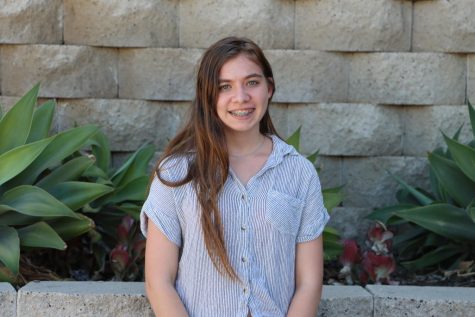
(She/her) Returning to the Silvertip for a second year, Cora Chadwick is this year’s Opinions editor. As an editor, she strives to utilize freedom of...

(She/her) Giselle is a senior who joined the Silvertip in her senior year as a photographer. She loves editing and taking pictures for special events and...

